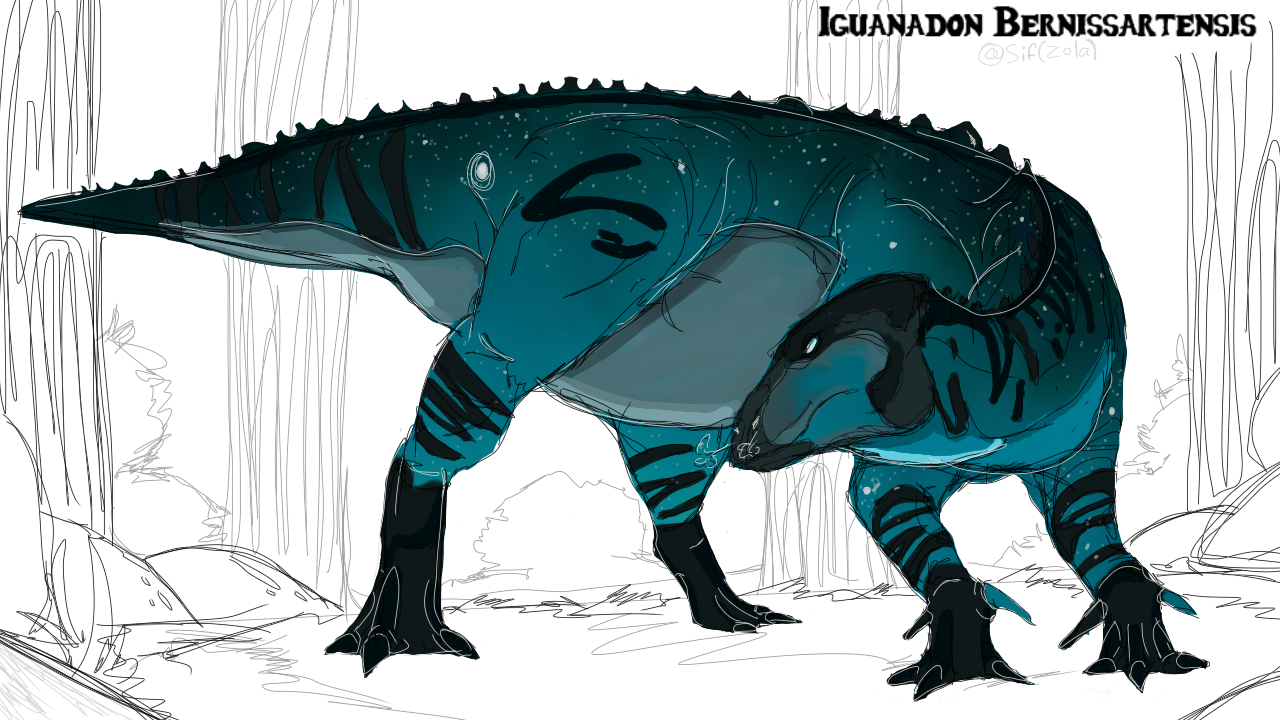Species Iguanadon BernissartensisOriginal sample genome: The same. | |
| |
Identifier: IGUA-YY-#### |
herbivore |
Family Iguanadontidae |
Suborder Ornithipoda |
The gene sequence and first successful breeding of this species took place at |
|
26′ (8m) Long, 19′ (6m) Tall |
6700 lbs |
Measured Speed: |
|
Terrain Preference Is Primarily Forest |
|
Preference of Diet Is Broad Leaves/Fruit |
|
Perhaps one of the most well studied herbivore species of all time, Iguanadon was fairly well known and understood decades before Drs. Summerlee and Challenger identified them on the Brazilian Plateau “Maple White Land.” They have been the most commonly experimented upon species until more recent years as their resilience and population on the plateau allowed for much use in the early days of genetic research.
Like other species from the Plateau, Iguanadon Bernissartensis retains the type and specific name of its fossil paleotype, being believed to be the purest possible genome of that species. There are many genetic variations on Isla Panadera due to the excessive experimentation however.
Iguanadon is a bipedal herbivore, but is sometimes depicted as a quadruped due to the horizontal stance it often held, using its slender arms to grab at food items below its body. In reality, they can switch between the two stances with ease. They have a thick, stiff tail and strong hind limbs, and will occasionally climb against trees and rocks for better reach of leaves and mosses.
Iguanadon have a prehensile fifth digit on each hand, and a long (up to 6″) spike on their wrist which we now know are used in both fighting and climbing.

